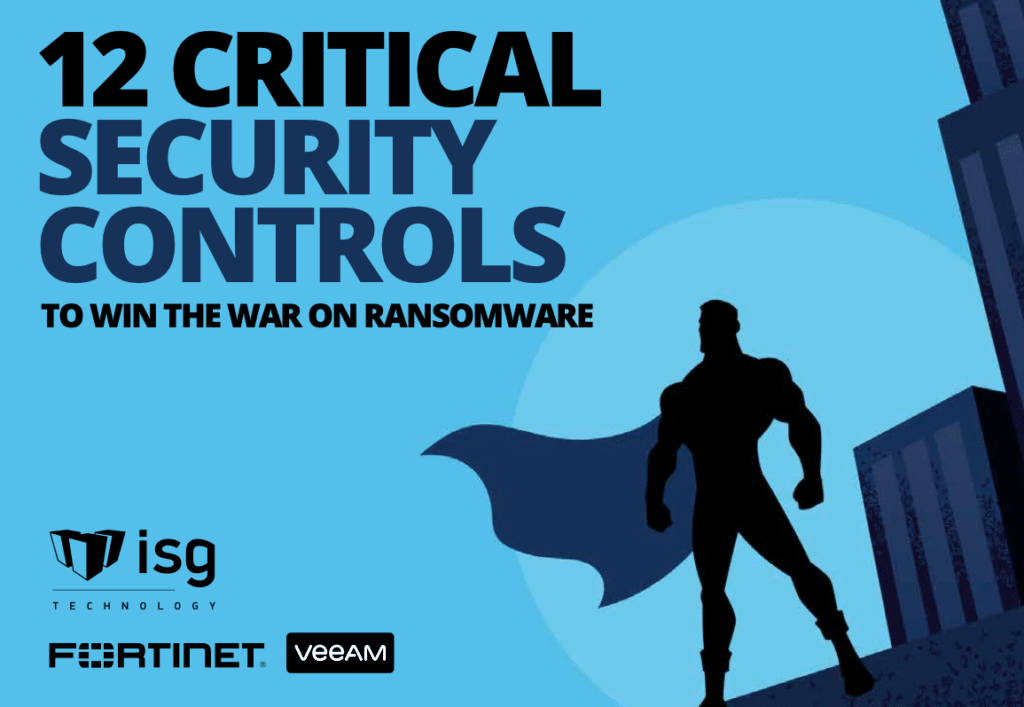Cyber Incident Response Planning & Testing
Having a robust security incident response (IR) plan is critical in today’s world. The speed and efficiency with which a company can detect, assess, and mitigate a security incident can mean the difference between a minor disruption and a full-scale catastrophe.
Learn about the best practices to bolster security incident response strategies below.
1. Implementing Comprehensive Security Controls
The foundation of effective incident response lies in comprehensive security controls. Firewalls, intrusion detection systems, encryption protocols, and regular software patching establish a fortified digital environment. This makes it significantly more challenging for malicious actors to infiltrate systems.
2. Leverage Cyber Insurance Policies
Cyber insurance acts as a financial safety net, mitigating the financial impact of security breaches. It covers expenses related to data recovery, legal fees, customer notification, and reputation management. Tailoring a policy to suit specific organizational needs can help you avoid severe post-breach financial repercussions.
3. Understanding and Documenting Your Policy
Familiarize your IR team with your cyber insurance policy, including its coverage, limitations, and contacts for incident response. Keeping the policy separate from your network prevents cybercriminals from accessing it and leveraging it against you.
4. Developing a Comprehensive IR Playbook
A well-documented IR playbook serves as a strategic blueprint, outlining step-by-step procedures and delineating the roles and responsibilities of team members during an incident. Clear and defined responsibilities ensure a coordinated and efficient response, which reduces confusion amidst high-stress situations.
5. Crafting a Communication Plan
Effective communication during a security incident is pivotal. A communication plan outlines how internal and external stakeholders will be informed, what information will be shared, and also designates a spokesperson. Timely updates and transparent communication maintain trust among customers, employees, and partners.
6. Regular Testing and Tabletop Exercises
Regularly testing the efficacy of the IR playbook through tabletop exercises is essential. Simulated scenarios allow the incident response team to practice their roles and responses, identifying gaps and refining the overall effectiveness of the IR plan.
7. From Detection to Remediation
Swift detection, categorization, containment, isolation, and remediation of incidents are fundamental. Continuous monitoring and real-time threat intelligence encourage proactive responses that mitigate potential damages.
These proactive measures ensure readiness and resilience, transforming potential setbacks into manageable challenges.
Read On
If you’re interested in learning more about the controls needed to secure cyber insurance, please check out our full series linked below.
Password Multi-Factor Authentication
Email Filtering & Web Security
Security Awareness Training & Simulated Phishing
Patch & Vulnerability Management
Secured, Encrypted, & Tested Backups
End-of-Life Systems Replaced or Protected
Remote Desktop Protocol (RDP) & Network Hardening

